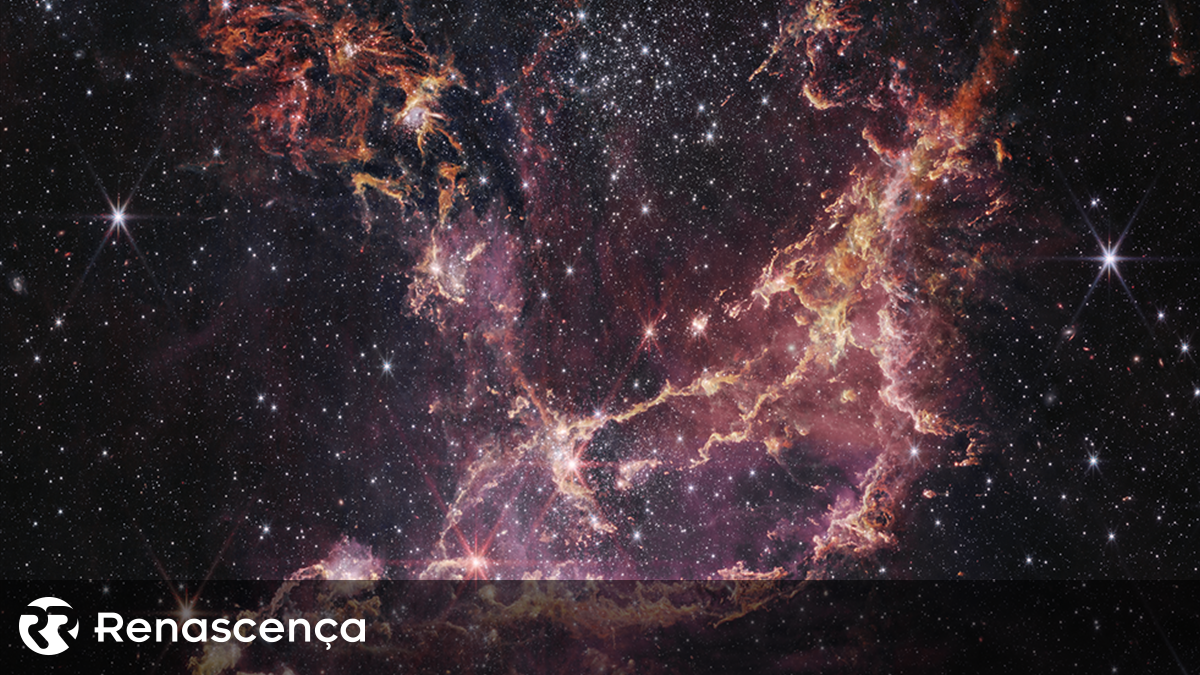The James Webb Space Telescope is investigating one of the most dynamic star formation regions in nearby galaxies, NGC 346, where large amounts of dust have been detected, something astronomers did not expect.
NCG 346 is located in the Small Magellanic Cloud (SMC), a “dwarf galaxy” near the Milky Way that contains lower concentrations of elements heavier than hydrogen or helium called metals.
Since dust grains in space are mostly made up of “minerals,” scientists had expected to find only small amounts of dust that would be difficult to detect, but “new data” from the Webb telescope “reveal just the opposite.”
Astronomers discovered that region because “the conditions and amount of metallurgy within the SMC are similar to those observed in galaxies billions of years ago,” during a period in the history of the universe known as the “cosmic midday,” when star formation was in full formation.
As announced Wednesday on the James Webb Space Telescope website, about 2 to 3 billion years after the Big Bang, galaxies were forming stars at a rapid pace and “the star formation fireworks that occurred still shape the galaxies we see around us.”
“Although NGC 346 is now the only massive star cluster in its galaxy, it offers us a great opportunity to explore the conditions that existed in the cosmic midday,” said Margaret Mixner, astronomer and principal investigator on the team of scientists.
Observing these “protostars” in the process of formation allows researchers to see if the star formation process in the SMC is different from what we observe in the Milky Way itself.
When stars form, they “collect gas and dust that can appear as streaks in web images” of the surrounding molecular cloud.
“Using Webb, we can examine lightweight protostars about one-tenth the size of our Sun” and see if their formation process is “affected by low metal content,” said Olivia Jones of the Center for Astronomy Technology. United kingdom.
For Guido De Marchi, of the European Space Agency (ESA), “the fundamental components are not only observed from stars, but also from planets.”
James Webb, the largest and most powerful telescope ever launched into space, is a $10 billion project and named after a former NASA administrator, after it was sent into space on a European-built rocket in December. It is located in orbit 1.5 million km from Earth.
Together with James Webb, astronomers hope to obtain more data about the beginnings of the universe, including the birth of the first galaxies and stars, but also about the formation of planets.

“Friendly zombie fanatic. Analyst. Coffee buff. Professional music specialist. Communicator.”


